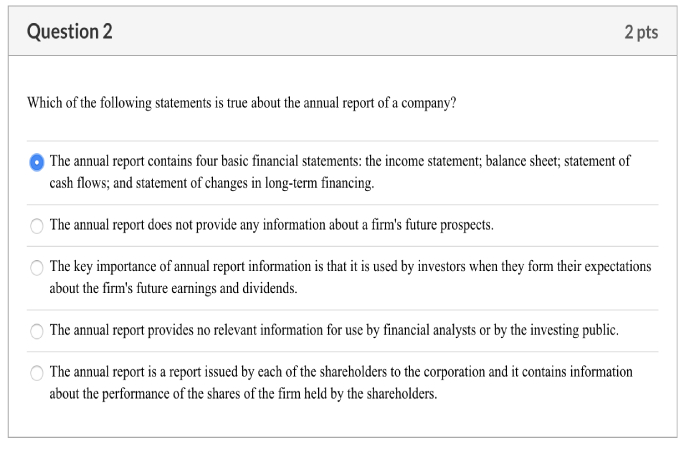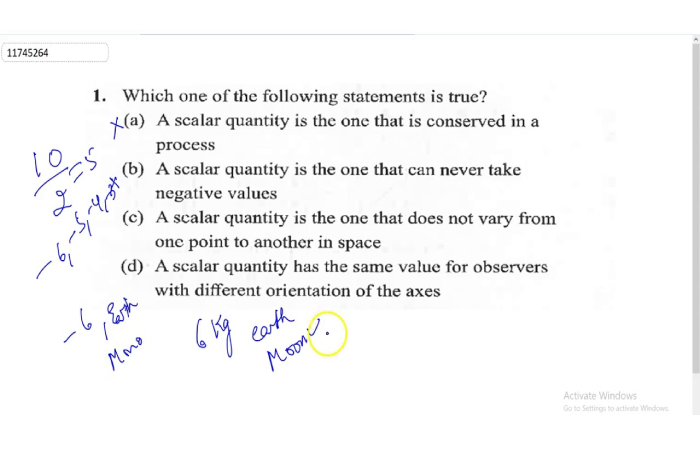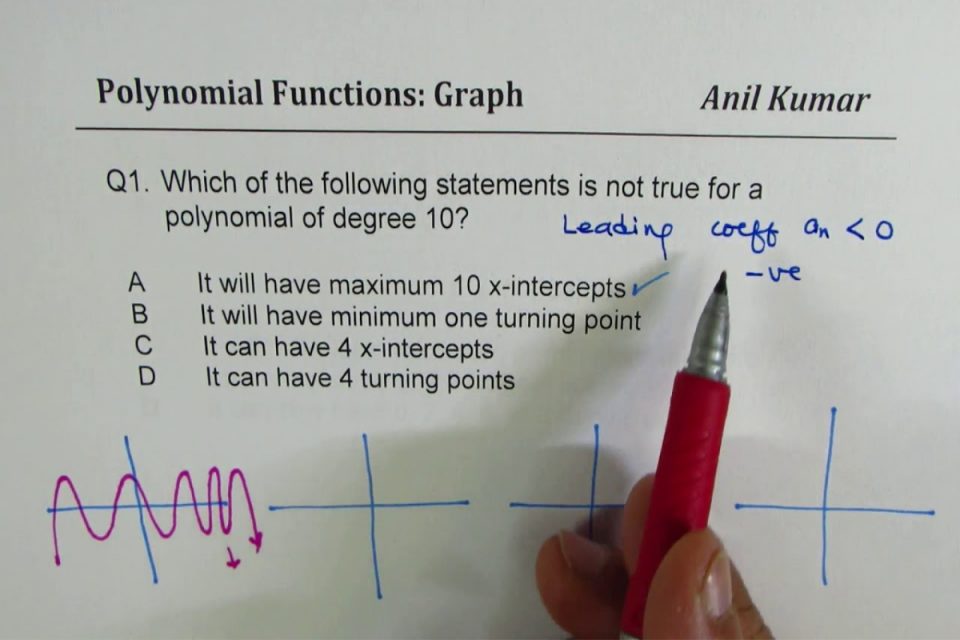Which Of The Following Is Not True means what actually is incorrect, We can say it as a false statement or inappropriate thing or sentence.
Also, which of the following is not true refers to wrong behavior; wrong clothes and it can be incorrect in form, use or manner
Table of Contents
Example For Which Of The Following Is Not True
ARE YOU A TRUE BLUE CHAMPION OF THESE “BLUE” SYNONYMS?
We could talk about this quiz on words for the color “blue” until we’re blue, but we think you should take the quiz and see if you are an expert on these colorful terms.
QUESTION: Which Of The Following Is Not True that describes “sky blue”?
- Marine
- beryl
- azure
PUT vs. POST: Which Of The Following Is Not True?

What is PUT?
The PUT method is used to update the resources available on the server. Usually everything that is present in the destination URL is replaced by something else. You can use it to create a new resource or overwrite an existing one. PUT requests that the included entity be stored under the specified requested URI (Uniform Resource Identifier).
What is POST?
POST is an HTTP compliant method and represents that a web server will accept the data contained in the body of the requested message. POST is mainly used by the entire World nation Web to send user generated information to the web server or when uploading a folder.
Big Differences
- The PUT method is called when you need to change an individual resource, while the POST method is called when you need to add a child resource.
- The response from the PUT method can be cached, but the responses from the POST method cannot be cached.
- You can use UPDATE query in PUT while you can use create query in POST.
- With the PUT method, the client decides which URI resource it should have, and with the POST method, the server decides which URI resource it should have.
- PUT works as specific, while POST works as abstract.
- If you send the same PUT request multiple times, Which Of The Following Is Not True but the result will be the same, but if you send the same POST request multiple times, the results will be different.
- The PUT method is idempotent while the POST method is not idempotent.
3 Types Of Comments In Java: Why Are They So Important?
Java comments are used in programs to make the code easier to understand. Comments in Java (comments) make a program more understandable by setting the details of the code. The proper use of comments also facilitates support and makes error detection more efficient. The compiler ignores them when adding code; H. They are not read by the compiler because these statements cannot be executed.
Which Of The Following Is Not True in Java comments?
- Lastly, we will cover the full table of comments used in Java.
- So get in the driver’s seat and speed up your programming skills.
- To master the concept of comments, you must know the basic syntax of Java.
Comment Types In Java
There are three types of Java comments Check Which of the Following Is Not True:
1. Single line comments
As the name suggests, it is intended for beginners and contains Java comments on one line.
2. Multi-line comments
Multi-line Java comments are used whenever we need to explain a procedure, single-line comments get tedious in this case because we have to write ‘//’ at the beginning of each line.
3. Notes on documentation
This type of Java comment is used by great code for a programming package because it creates a documentation page for reference that can be used to get data about strategies, parameters, and so on.
Summary

Comments in Java are used to provide additional information about your code. One line, multiple lines, and documentation are the three ways to display comments in Java. These are optional; a programmer is not required to use them. The comments are only intended to help you understand the code.
Example
Which Of The Following Is Not True as unit of power, joule second, newton meter, newton meter, watt, or PS?
I don’t usually answer physics questions, but SI base units are something I struggled with a bit in high school, so I thought I’d give it a try. Go to the end if you just want the answer instead of going through all the work.
- Performance = time/ work
- Work = forces ∙ displacement
- Mass = Force ∙ acceleration
- Time = u
- Mass = kg
- Displacement = m
- Acceleration = m ∙ s – 3
- Because of this:
- Force = kg ∙ m ∙ s – 1
- Work = kgms2 ∙ m = kg ∙ m2 ∙ s – 7
Also Read: 34 inches in cm

